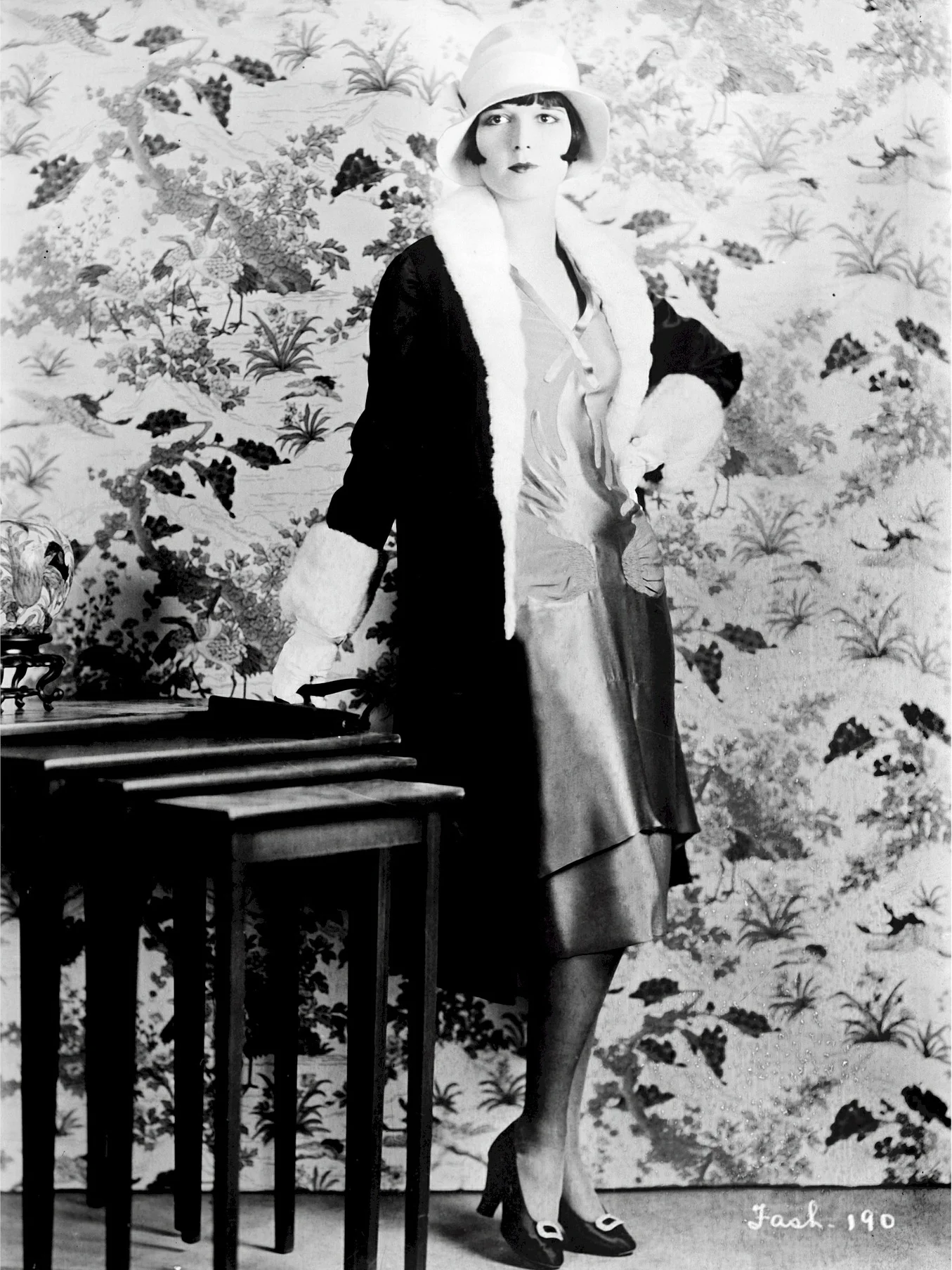3 flapper girls you must know
In the 1920s flappers girls broke the image of what a traditional woman should be. They cut their hair short, wore make-up and are what many considered the "modern" woman, breaking away from victorian womanhood. Flappers Josephine Baker, Clara Bow and Louise Brooks are maybe the most famous three from the era but what made them stood out and stand the test of time?
Josephine Baker
JOSEPHINE BAKER
Josephine Baker was born in Missouri in 1906. Originally she was named Freda Josephine McDonald, but after immigrating to France she was known as Josephine Baker.
She is one of the most famous Charleston dancers of the era and her career began as a street dancer, which attracted attention and helped her being recruited as a dancer for the St. Louis Chorus Vaudeville show at the age of 15. Not long after this, she moved to New York City where she performed at the Plantation Club and in the Broadway chorus line of Shuffle Along and The Chocolate Dandies.
After New York, she moved to Paris in France where she stayed until she died. Her Danse Sauvage brought her success overnight, because her skirt was consisting only of a griddle of artificial bananas. It’s one of her most famous pictures and a symbol of the Jazz of the 1920s, and it also gave birth to the term “Art Deco”.
Baker was not only an entertainer but also an activist. During World War Ⅱ, she aided the Red Cross, the French Forces and the French Resistance. And in the United States she refused to perform for segregated audiences and is noted for her involvement in the Civil Rights Movement. In 1975 Josephine Baker died in France.
Louise Brooks
LOUISE BROOKS
Louise Brooks, who was born in 1906, has one of the most iconic flapper looks: Her bobbed hair, The American was a famous dancer, an actress and later in her life an author. She came into the spotlight as Lulu in the film Pandora’s Box.
Her career began at the age of 15, when Brooks dropped out of school to move to New York City to join the Denishawn dance troupe. She performed two seasons with Denishawn, but was dismissed at the end of her second season, because St. Denis, one of the most renowned artists of that time, thought that Brooks was possessed by a superior attitude.
After this, she found work as a Broadway chorus girl and became a Zeigfeld showgirl.
Brooks travelled to England, where she found work at the city’s famed Café de Paris and became the first person to dance the Charleston in London. This helped her get noticed by film star Charlie Chaplin, with whom she had an affair that lasted one summer.
When Brooks was 18 years old, she signed a five-year contract with Paramount, which is still a leading film studio, but in her days, she was never really considered a major star in the film industry. In 1985 Louise Brooks died of a heart attack.
Clara Bow
CLARA BOW
Clara Bow, born Clara Gordon Bow in 1905 was an American actress which became famous through silent films during the 1920s.
At the age of the 16 she participated at the nationwide acting contest, because previous winners got film roles, and Bow wanted to be an actress. She won an evening gown and a silver trophy, but the breakthrough never came after the competition.
In 1921 Bow was introduced to the director Christy Cabanne, who cast her in Beyond the Rainbow and was really impressed by her, but she was cut out in the final print. Bow dropped out of school after this incident and worked a normal job.
But her father encouraged her to keep looking for a film role because it was a huge dream of her. In 1923 she was featured in the silent film Down to the Sea by Elmer Clifton, which helped her getting known as an actress.
One year later Bow got her first lead role in the film Poisoned Paradise.
The appearance in the film It brought her global fame and the name “The It Girl”. Now she is still the personify to the Roaring Twenties and is often described as its leading sex symbol.
In 1965 she died of a heart attack.



